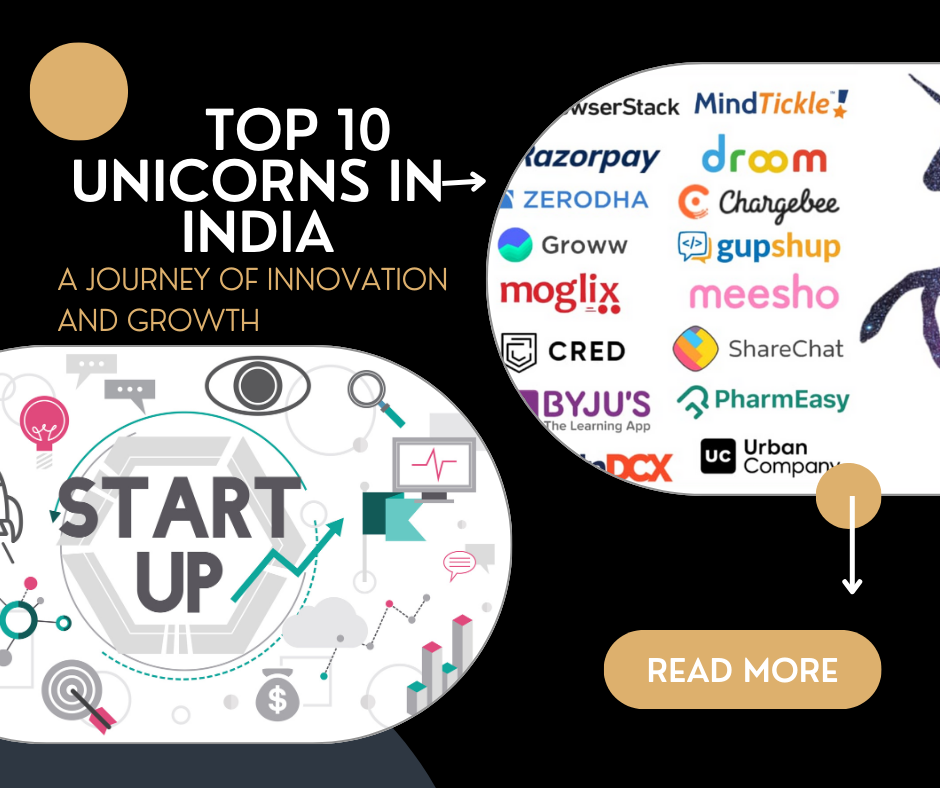
As we dive deeper into the 2020s, the cryptocurrency landscape continues to evolve at a breathtaking pace. By 2025, several surprising trends are emerging that could reshape our understanding of digital currencies. From regulatory changes to technological advancements, here are the top trends that are set to make waves in the cryptocurrency world.
1. Mainstream Adoption of Stablecoins
Stablecoins have been gaining traction as a bridge between the volatile world of cryptocurrencies and traditional fiat currencies. By 2025, we expect stablecoins to achieve widespread adoption, especially among businesses for transactions and payments. Their ability to minimize volatility while maintaining a connection to fiat currencies makes them attractive for day-to-day use.
Moreover, major corporations are beginning to incorporate stablecoins into their payment systems, enabling consumers to transact seamlessly across various platforms. This shift could lead to a significant decrease in the reliance on traditional banking systems, as users prefer the efficiency and lower costs associated with stablecoin transactions.
2. Decentralized Finance (DeFi) Maturation
The DeFi sector, which exploded in popularity in the early 2020s, is expected to mature significantly by 2025. With increased regulatory clarity and improved security measures, more traditional financial institutions are likely to participate in the DeFi ecosystem. This collaboration could lead to the development of hybrid financial products that combine the best of both worlds—traditional finance and decentralized finance.
Additionally, innovations in DeFi protocols will make them more user-friendly, attracting a broader audience. As a result, we may see a surge in decentralized lending, insurance, and investment products that cater to everyday consumers.
3. Central Bank Digital Currencies (CBDCs) Gain Traction
Many countries are exploring or piloting Central Bank Digital Currencies (CBDCs) as a response to the rise of cryptocurrencies. By 2025, we expect several nations to fully launch their CBDCs, significantly impacting the cryptocurrency market. These digital currencies can provide the benefits of digital transactions while being backed by the state.
The introduction of CBDCs will force private cryptocurrencies to adapt, as consumers may prefer the security and stability offered by state-backed digital currencies. This competition could lead to innovations in privacy, transaction speed, and user experience across the board.
4. NFTs Evolving Beyond Art
Non-fungible tokens (NFTs) have made headlines primarily in the art and entertainment sectors, but by 2025, their application is expected to expand dramatically. We’ll see NFTs being utilized in various industries, including real estate, gaming, and even identity verification.
For instance, NFTs could represent ownership of real estate properties, simplifying transactions and reducing fraud. In gaming, players might own their in-game assets as NFTs, allowing for true ownership and transferability across different platforms. This evolution will solidify NFTs as a legitimate and versatile tool in multiple sectors.

5. Enhanced Privacy Features in Cryptocurrencies
With growing concerns over data privacy and surveillance, cryptocurrencies with enhanced privacy features are likely to gain popularity by 2025. While privacy coins have faced scrutiny and regulatory challenges, the demand for anonymity in transactions is undeniable.
Innovations in cryptographic techniques, such as zero-knowledge proofs, will enable cryptocurrencies to offer privacy while remaining compliant with regulations. This balance could lead to the emergence of new privacy-focused cryptocurrencies that cater to users seeking anonymity without compromising legal compliance.
6. Integration of Artificial Intelligence (AI)
AI is set to play a pivotal role in cryptocurrency trading and investment strategies by 2025. Algorithms powered by AI will analyze market trends, predict price movements, and automate trading decisions with unprecedented accuracy. This technology will not only benefit individual investors but also institutional players looking to optimize their portfolios.
Moreover, AI could enhance security measures within blockchain networks by identifying and mitigating threats in real time. The combination of AI and blockchain could lead to smarter, safer, and more efficient cryptocurrency ecosystems.
7. Environmental Sustainability Initiatives
As the environmental impact of cryptocurrency mining comes under scrutiny, by 2025, we anticipate a significant shift towards sustainability. More cryptocurrencies will adopt eco-friendly consensus mechanisms, such as Proof of Stake (PoS), which require significantly less energy than traditional Proof of Work (PoW) models.
Projects focusing on sustainability will likely attract investment and interest, leading to a new wave of environmentally-conscious cryptocurrencies. This trend will also push established cryptocurrencies to adopt greener practices to maintain relevance in an increasingly eco-aware market.
8. Tokenization of Real-World Assets
The tokenization of real-world assets, such as real estate, commodities, and even art, is expected to become mainstream by 2025. This trend involves representing physical assets as digital tokens on a blockchain, facilitating fractional ownership and making investments more accessible to a wider audience.
As regulatory frameworks around asset tokenization become clearer, we will see increased collaboration between traditional financial institutions and blockchain companies. This integration will unlock new liquidity in markets that have historically been illiquid, reshaping investment landscapes.
How Data, AI, and Quantum Computing Are Transforming the Future of Work
Conclusion
The cryptocurrency landscape in 2025 promises to be dynamic and surprising, with trends that challenge our current understanding of finance and technology. From the mainstream adoption of stablecoins to the evolution of NFTs and the impact of CBDCs, these developments will profoundly influence how we engage with money and assets. As we navigate this ever-changing terrain, staying informed and adaptable will be key for investors, businesses, and consumers alike.





























